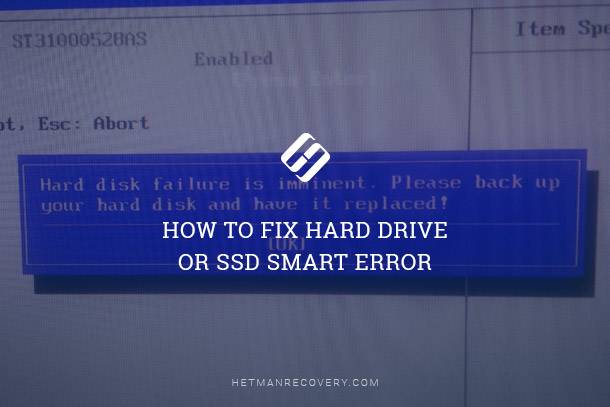
For this reason, you should look to use SMART tools throughout the life of your device at regular intervals, monitoring the results periodically. It’s also often the case that users will come into contact with SMART tools when damage has already occurred (and when it’s often too late). This can come in very handy to monitor the health of your Solid-State Drives. One of these possible attributes is the SSD indicator "SSD Life Left." It shows the approximate SSD remaining lifetime with respect to program/erase cycles or flash blocks that are currently available. This will help you in deciding whether or not to replace your hardware in order to avoid potential data loss. When a failure is detected, it can be flagged as a "Possible Indicator for an Impending Electromechanical Failure." In addition, SMART tools cover about 30 other attributes, which can be queried and serve as indicators to predict any impending failures. SMART tools include ten critical indications that can be examined within the hard drive. According to a study conducted by Google several years ago, two out of three hard drive crashes can be predicted using such an analysis. Almost all modern hard drives now support SMART analysis tools to check the physical condition of the media. The most important technology used in checking a hard drive is SMART (Self-Monitoring, Analysis and Reporting Technology). The quality of tools can vary – some are relatively harmless, while others can interfere so deeply with the hardware that the hard drive (and data) can experience severe damage from the tool.
#Hitachi hdd smart tool software#
If the hard drive is still responding, there are a variety of suitable diagnostic software products that individuals can use to assess the condition of the device.
#Hitachi hdd smart tool how to#
Many users find it irritating and do not know how to react is it a one-off event or is it a recurring problem? Hard drive failures can happen relatively quickly, especially as the average lifetime of these devices is usually only around three to five years. Unlike the usual symptoms of a loud scratching or ‘clicking’ noise, it's not always immediately clear whether a hard drive is physically defective or not.

Whether you're a private user or work within an IT department, you can sometimes face a horrifying reality – the hard drive I am using is no longer working as it should.


 0 kommentar(er)
0 kommentar(er)
